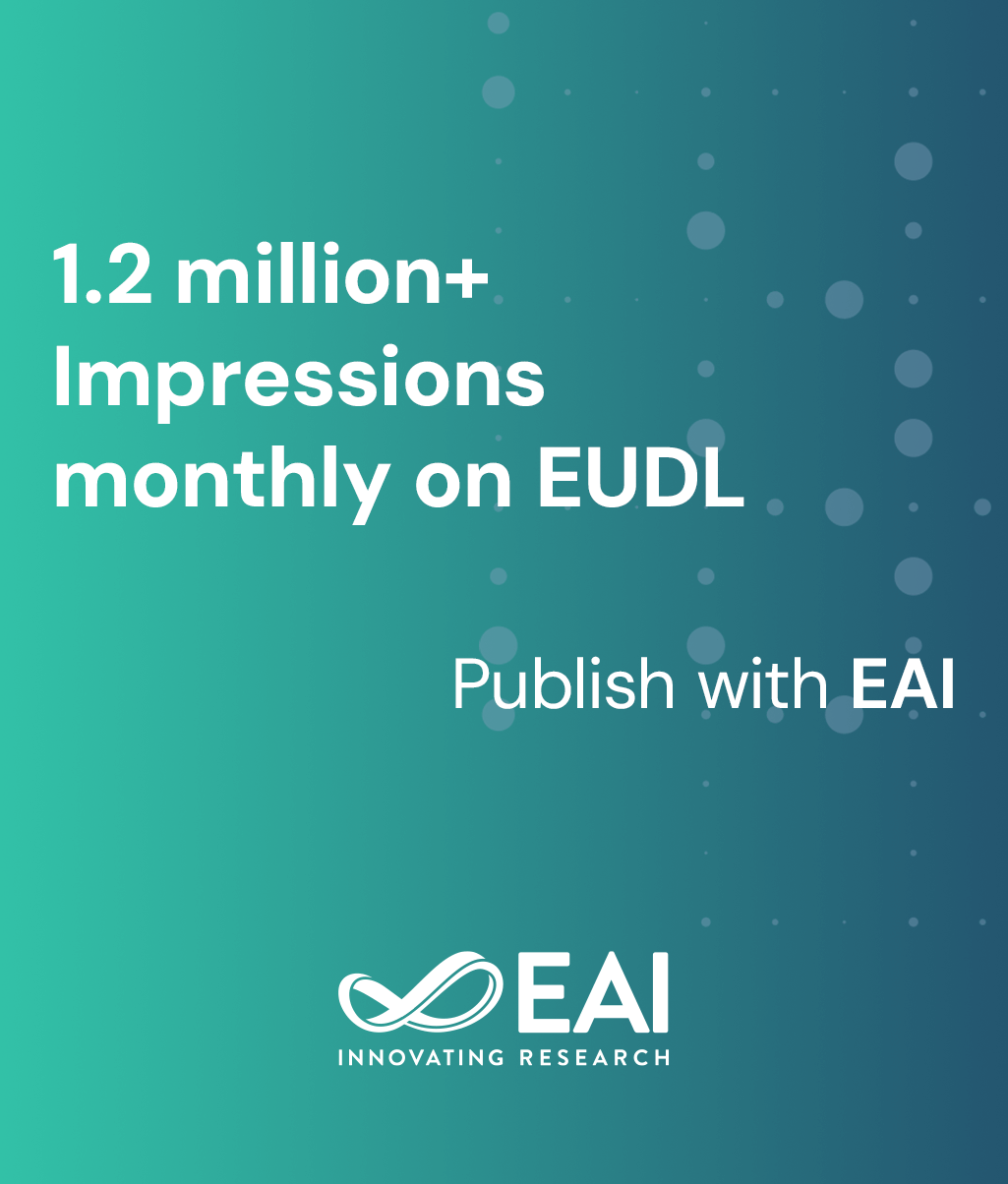
Research Article
Optimization of Deep Generative Intrusion Detection System for Cloud Computing: Challenges and Scope for Improvements
@ARTICLE{10.4108/eetsis.3993, author={Nitin Wankhade and Anand Khandare}, title={Optimization of Deep Generative Intrusion Detection System for Cloud Computing: Challenges and Scope for Improvements}, journal={EAI Endorsed Transactions on Scalable Information Systems}, volume={10}, number={6}, publisher={EAI}, journal_a={SIS}, year={2023}, month={9}, keywords={Cloud Intrusion detection system, Data Imbalance, Machine Learning, Ensemble methods}, doi={10.4108/eetsis.3993} }- Nitin Wankhade
Anand Khandare
Year: 2023
Optimization of Deep Generative Intrusion Detection System for Cloud Computing: Challenges and Scope for Improvements
SIS
EAI
DOI: 10.4108/eetsis.3993
Abstract
The large amount of data and its exponential increase result in security problems which subsequently cause damage to cloud computing and its environments. The Intrusion detection system (IDS) is among the systems that monitor and analyse data for malicious attacks in the cloud environment. High volume, high redundancy, and high dimensionality of network traffic in cloud computing make it difficult to detect attacks by contemporary techniques. To improve the performance of IDS features selection and data imbalance issues need to be resolved. This paper includes techniques and surveys of cloud-based IDS with ML techniques and IDS performance on the different types of cloud-based datasets. It also analyses the gaps and scope for enhancement of evaluation parameters of IDS. It provides a cloud-based IDS system which will produce a good performance result as compared to the other contemporary system. Moreover, this paper offers a current overview of cloud-based IDS, Data imbalance technique, Dataset and proposed cloud IDS system architecture.
Copyright © N. Wankhade et al., licensed to EAI. This is an open access article distributed under the terms of the CC BY-NC-SA 4.0, which permits copying, redistributing, remixing, transformation, and building upon the material in any medium so long as the original work is properly cited.


